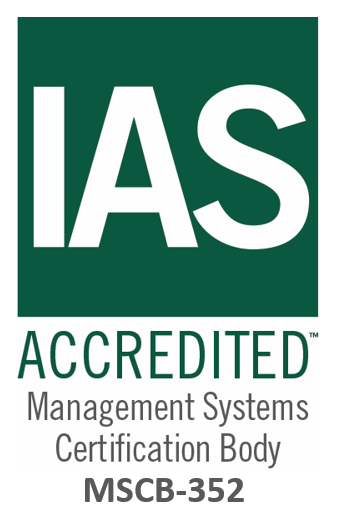“Seize the moment. Remember all those women on the 'Titanic' who waved off the dessert cart.”
Erma Bombeck
We often hear that legal should focus on the legal parts of the contract (and the contracting process) and let other teams deal with the rest. While understandable, given the sheer volumes that teams are often having to deal with, legal departments are missing a few tricks with this approach.
First, there is no such thing as a legal (as opposed to a commercial) point. If a “legal” point can’t be explained in commercially-impacting terms, then it shouldn’t be being debated. Worse, the IACCM has for over ten years been running a global survey showing that the negotiations of deals have been hijacked by typical "legal" issues such as liability and indemnities while failing to address the fundamental issues of what actually goes wrong: the parties don’t really know what they are buying/selling and what is to be paid.

In other words, the artificial split between legal and commercial issues has led negotiations to focus on the less important issues exasperating the business, who regularly complain that negotiations are not relevant to what they care about.
On top of this, with the focus on the “legals”, critical points about the contracting process are also getting overlooked by legal. The overriding most important metric for the contracting process is time to close. But this rarely gets discussed or focused on by legal teams - in fact it’s rare that anyone can tell us what the average time to close is for their matters (only 20% of businesses that completed our scorecard even track this). So the playoffs inherent in how aggressive to be in negotiations versus the very real costs of extending negotiations, rarely get considered.
Finally, we fear that legal teams are missing a major trick by isolating themselves to just part of the cross-departmental process of contracting. We often find that there is no leader within a company that is paying attention to the end-to-end process, making sure that it is joined up. In fact, there is rarely a common view on who the stakeholders are, what they care about and what needs to happen to meet their needs. Legal, a team filled with smart individuals who understand so much about contracts, is ideally placed to take a leadership role in making the end-to-end contracting process fly - a role that would create deep business value. How often do they do this? Yet one of the biggest challenges repeatedly mentioned by general counsel in surveys is: how to demonstrate business value.
To turn this on its head, we suggest that legal first gets its lands in order when it comes to its part of the contracting process. Once that’s done, create a value stream map of the end to end contracting process - from initiation all the way through to termination, including all the touch points with the contract, whether before or after signature. Then talk to all the stakeholders who are part of, or rely on, the process and figure out what they care about and where they see gaps. It will likely be eye opening. Then get to work figuring out how to close the gaps.
The danger is an alternative where legal is just another minor stakeholder in the contracting process, as at least one contract technology supplier sees it:

The goal is wide open, the alternative should be scary.




















.png)
.jpg)




.jpg)









.png)
.png)




.png)





























.jpg)


